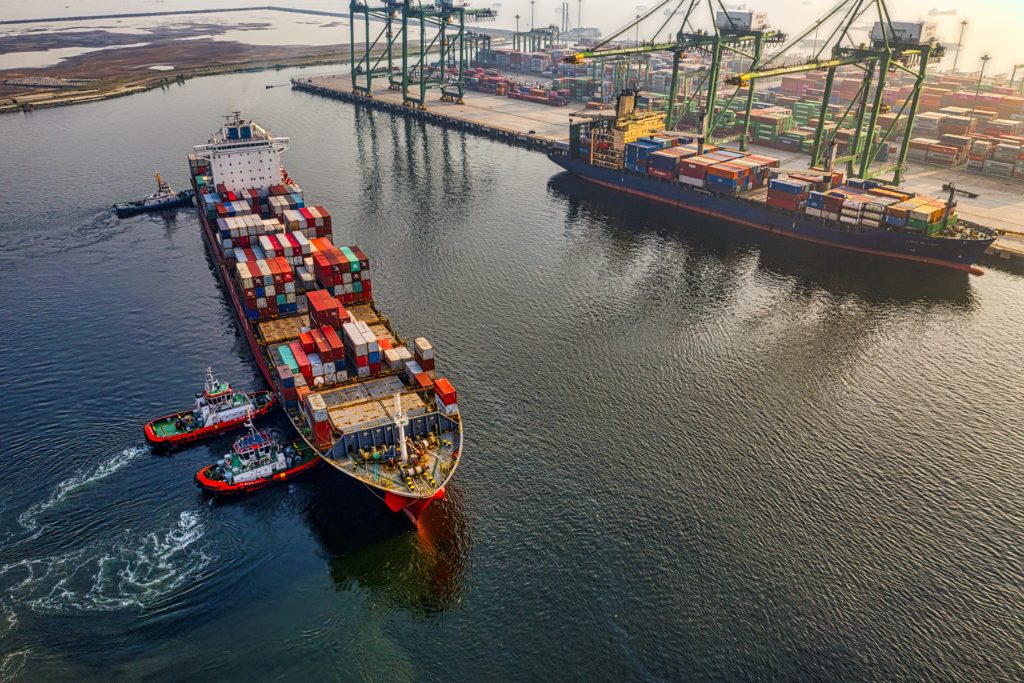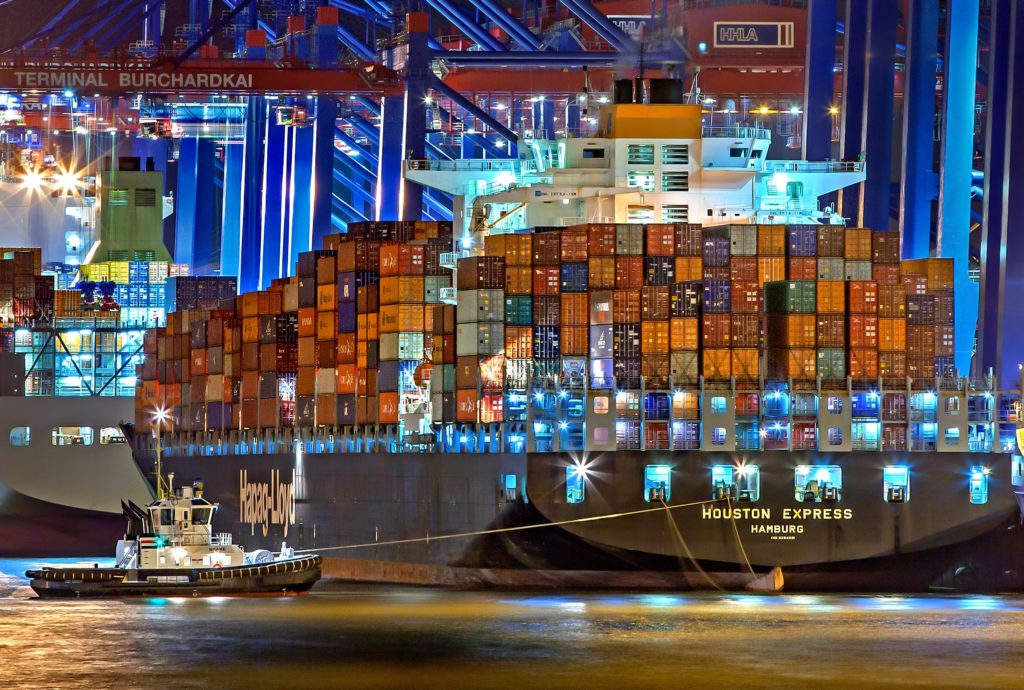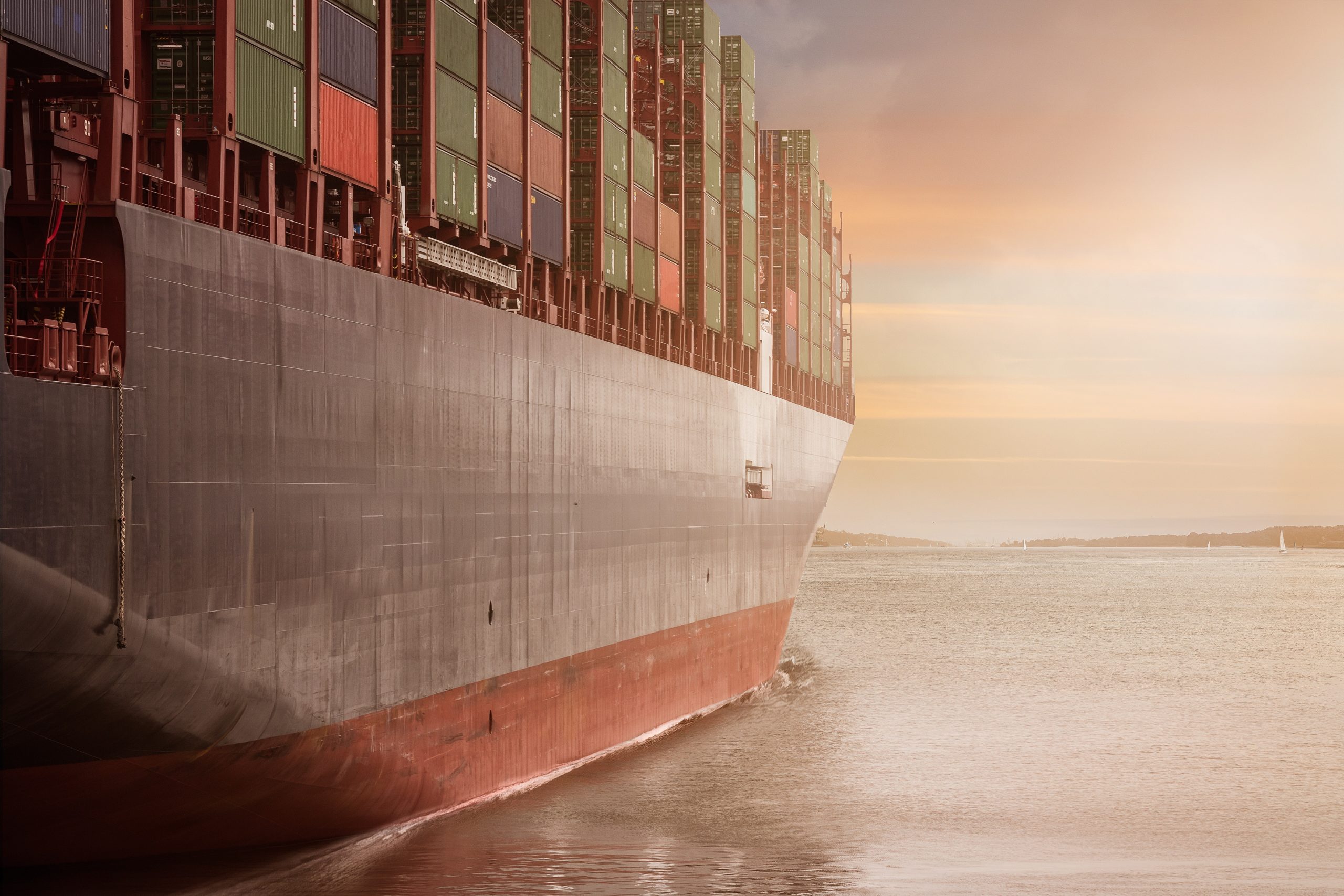Expansion of container shipping has created a demand for the ocean freight sector that is unprecedented in recent history. This rapid growth continues despite news about ports currently experiencing equipment shortages as well cargo shortage due to an obstruction at Suez Canal which have lead many carriers and shippers alike panic buying before they run out!
Suez Canal Blockage
The Suez Canal is a crucial European trade route connecting Asia to Europe. As of recently, it has been blocked due to the COVID-19 pandemic and ship delays are resulting in severe problems for ports around that area such as Shanghai which rely heavily on maritime transportations.
Currently, Europe has a severe shortage of containers and there are not enough ships to deliver the needed supplies. This is causing widespread panic as companies are concerned about their supply chains being disrupted.
The recent blockage has caused great difficulty with meeting vessel backlogs because there’s no other way into or out from world markets without going through this channel first; not only does its closure affect us financially but also commercially since many companies store their goods here before shipping them off elsewhere once they’re ready– so you can’t get anything past China if your suppliers don’t know what direction all carriers sail!

COVID-19 Regulations Causing Struggle
There has been a recent COVID-19 outbreak that is wreaking havoc on ports. As the world tries to contain this virus, it’s causing major delays and shortages of container ships at sea as well as in port because strict quarantine regulations restrict where they can go which means more congestion for terminals everywhere! The Port Of Yantian was hit especially hard – with daily cargo box handling down over 30%.
This virus has led to the closing of many ports in China causing shipping delays and even vessel shortages. It’s also caused widespread panic among shippers who are stuck with nowhere to go because this pandemic is dangerous for people who aren’t immune!
How Carrier Copes With the Shortage of Containers
In spite of the challenging obstacles, container rates have not yet fallen due to strong demand. These high freight costs are expected for three or six more months as problems with supply continue in this industry-wide shortage situation.
This is a huge problem for carriers since they’re already dealing with the lack of demand in freight and their margins are razor thin. They’ve had to sell at rock bottom prices and this has led to carriers like COSCO, MSC and Maersk all reporting major losses for the first half of 2019.

Conclusion
The Suez Canal is a crucial European trade route connecting Asia to Europe. As of recently, it has been blocked due to the COVID-19 pandemic and ship delays are resulting in severe problems for ports around that area such as Shanghai which rely heavily on maritime transportations. This virus has led to the closing of many ports in China causing shipping delays and even vessel shortages. In spite of these challenging obstacles, container rates have not yet fallen due to strong demand. These high freight costs are expected for three or six more months as problems with supply continue in this industry sector while business leaders monitor how things play out through 2021 before deciding if they will be impacted by changes at all.



